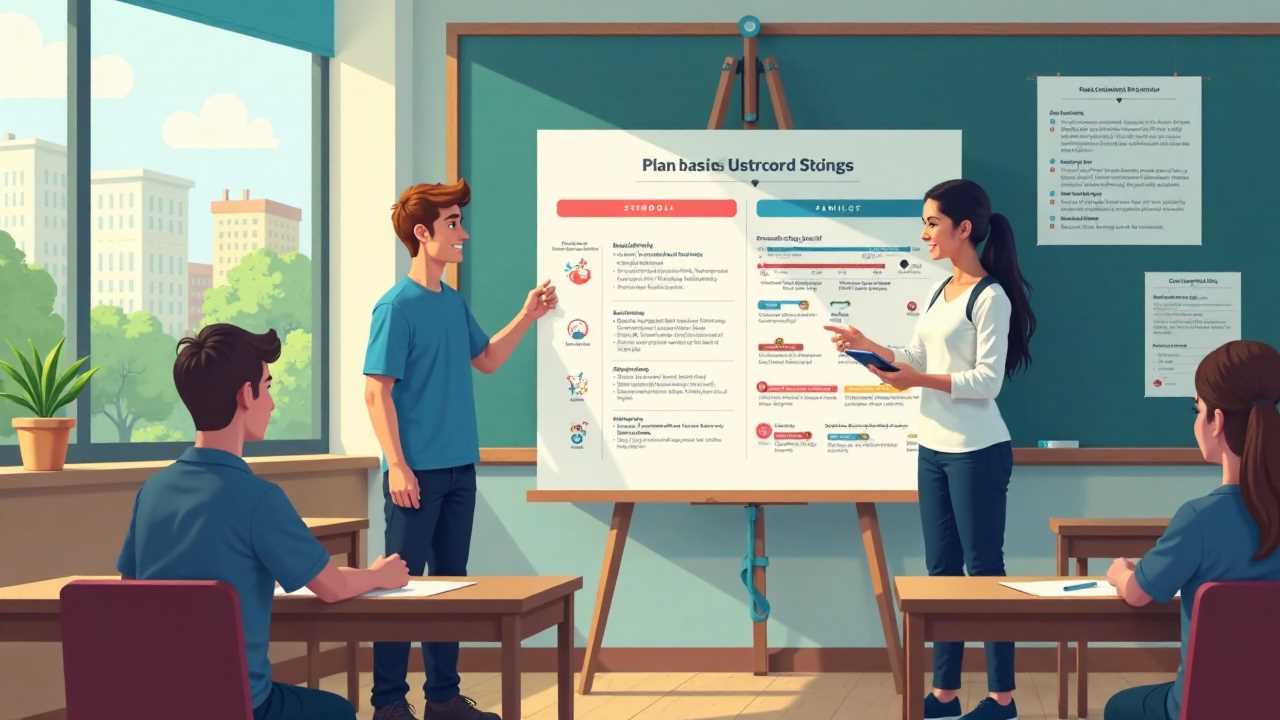
Understanding Transition Planning Services
Transition planning services are a vital component of special education, designed to prepare students with disabilities for life beyond high school. These services focus on facilitating a smooth transition from the educational environment to post-secondary opportunities, including higher education, vocational training, and independent living. By implementing comprehensive transition assessments, we can identify each student's unique strengths, needs, and aspirations, ensuring that their individualized education plan (IEP) aligns with their post-secondary goals.
The Role of Transition Assessment
A thorough transition assessment is the cornerstone of effective transition planning. This process involves gathering information about the student’s interests, preferences, and abilities through various methods, such as interviews, surveys, and observations. By conducting these assessments, we can create a detailed profile that informs the development of the IEP. This profile serves as a roadmap, guiding the student toward achievable post-secondary goals.
The transition assessment should be an ongoing process, revisited regularly to adapt to the student's evolving needs and aspirations. It is essential to involve the student in this process, as their input is invaluable in identifying their interests and preferences. This collaborative approach fosters a sense of ownership and motivation, empowering students to take an active role in their future.
Crafting Individualized Education Plans (IEPs)
An individualized education plan is a legally binding document that outlines the educational goals and services tailored to meet the unique needs of each student. When developing an IEP, we must ensure that it incorporates the findings from the transition assessment, aligning educational objectives with the student's post-secondary goals.
The IEP should include specific, measurable goals related to academic achievement, life skills development, and vocational training. For example, if a student aspires to pursue a career in culinary arts, the IEP may include goals related to cooking skills, time management, and customer service. By setting clear objectives, we can track the student's progress and make necessary adjustments to their educational plan.
Setting Post-Secondary Goals
Establishing post-secondary goals is a critical aspect of transition planning. These goals provide direction and motivation for students as they prepare for life after high school. Post-secondary goals can encompass a range of options, including attending college, enrolling in vocational training programs, or entering the workforce directly.
When setting these goals, it is essential to consider the student’s interests, strengths, and potential career paths. Collaborating with families, educators, and community resources can help identify opportunities that align with the student’s aspirations. By fostering a supportive network, we can enhance the student’s chances of achieving their post-secondary goals.
Vocational Training and Life Skills Development
Vocational training plays a pivotal role in preparing students for successful careers. This training equips students with the practical skills and knowledge necessary to excel in their chosen fields. By incorporating vocational training into the IEP, we can provide students with hands-on experiences that build their confidence and competence.
Life skills development is equally important in the transition planning process. Students must learn essential skills such as communication, problem-solving, and time management to navigate daily life effectively. Integrating life skills training into the educational curriculum ensures that students are well-prepared for independent living and community integration.
Community Integration: Building Connections
Successful transition planning services must also emphasize community integration. This involves helping students connect with local resources, organizations, and support systems that can assist them in their post-secondary journeys. Community integration fosters a sense of belonging and encourages students to engage with their surroundings.
We can facilitate community integration by collaborating with local businesses, vocational training centers, and support organizations. By providing students with opportunities to participate in internships, volunteer work, and social activities, we can help them develop essential social skills and build meaningful relationships.
Monitoring Progress and Adjusting Plans
Monitoring the progress of students is a crucial aspect of transition planning services. Regular evaluations allow us to assess whether the student is meeting their IEP goals and making strides toward their post-secondary objectives. If necessary, we can adjust the IEP to better align with the student’s evolving needs and aspirations.
Engaging families in this process is vital. By maintaining open lines of communication, we can ensure that parents and guardians are informed about their child's progress and involved in decision-making. This collaborative approach fosters a supportive environment that encourages student success.
Empowering Students for a Bright Future
Mastering transition planning services is essential for empowering students with disabilities to achieve their post-secondary goals. By conducting thorough transition assessments, crafting individualized education plans, and focusing on vocational training and life skills development, we can provide students with the tools they need to succeed. Community integration further enhances their opportunities, fostering connections that support their growth.
As we continue to refine our transition planning services, our commitment to student success remains unwavering. Together, we can create a brighter future for all students, ensuring they are well-prepared to navigate the challenges and opportunities that lie ahead.
 Careers in EducationElementary EducationHigh School EducationEducational TechnologyTeaching StrategiesSpecial EducationPrivacy PolicyTerms And Conditions
Careers in EducationElementary EducationHigh School EducationEducational TechnologyTeaching StrategiesSpecial EducationPrivacy PolicyTerms And Conditions
